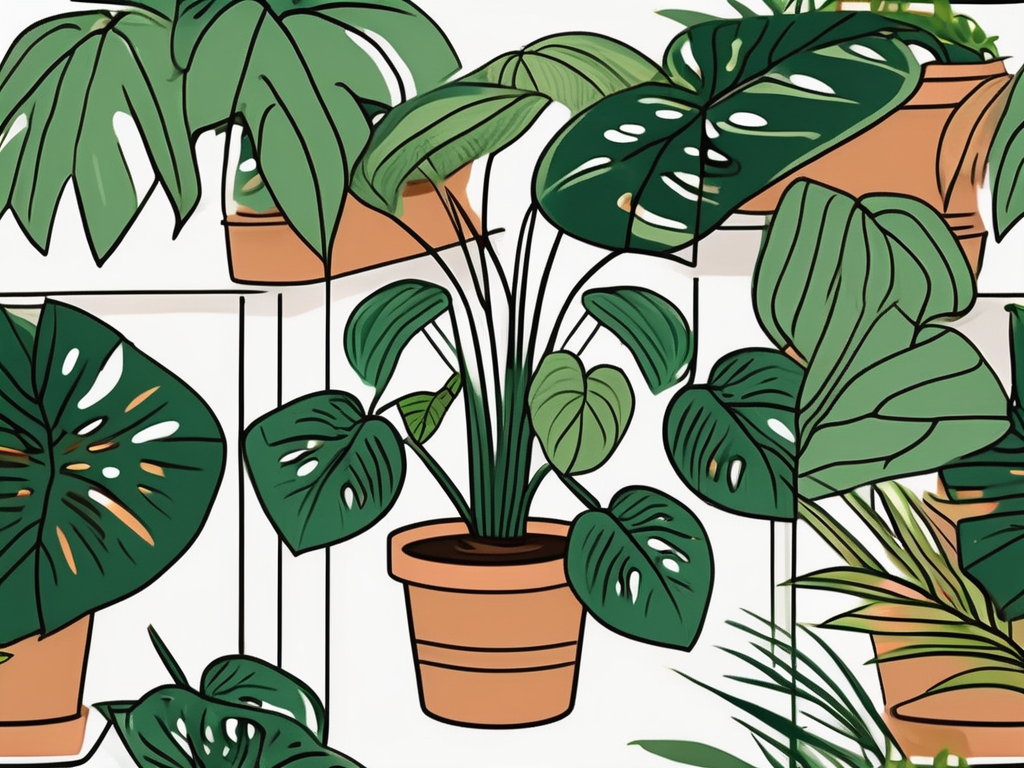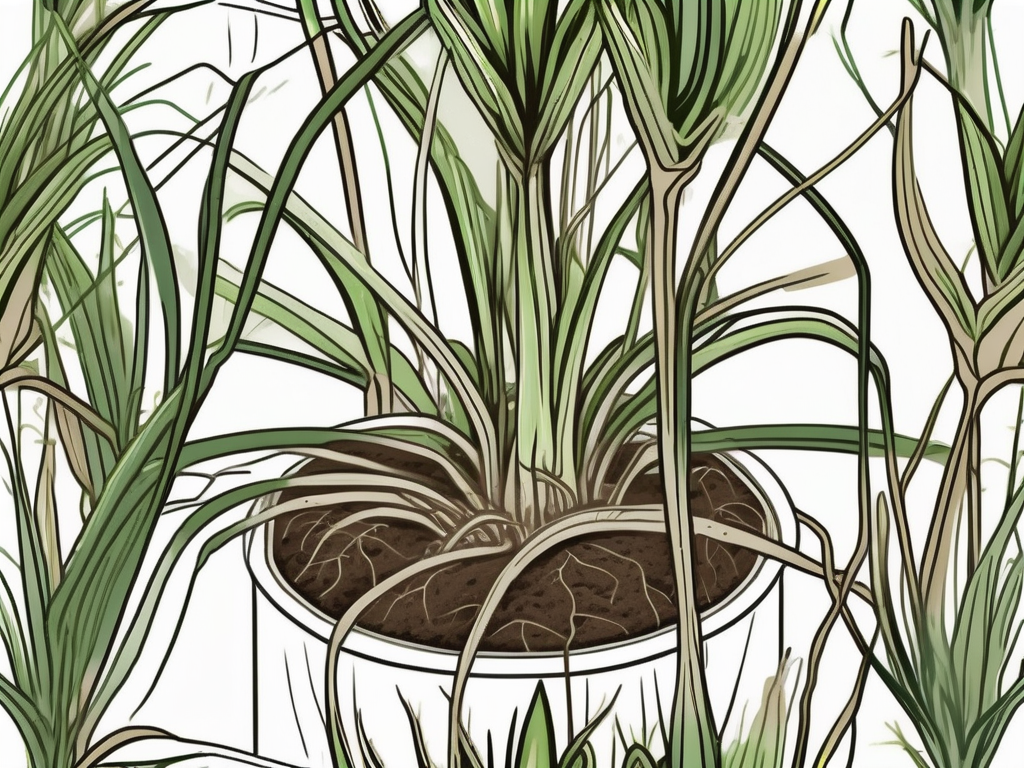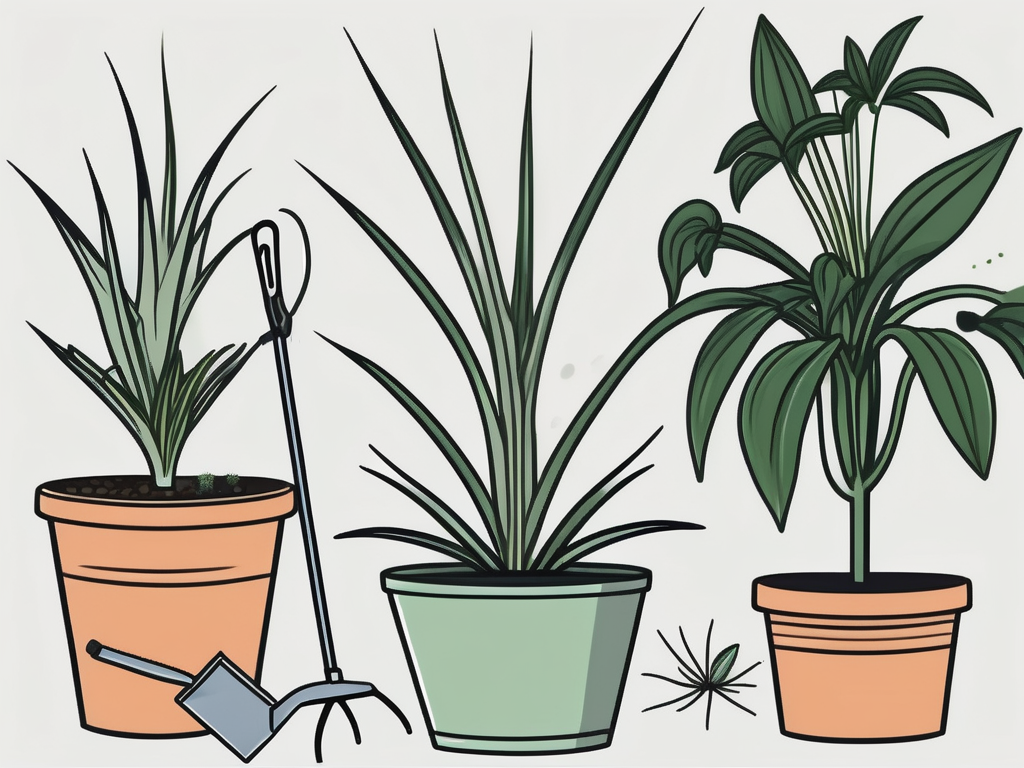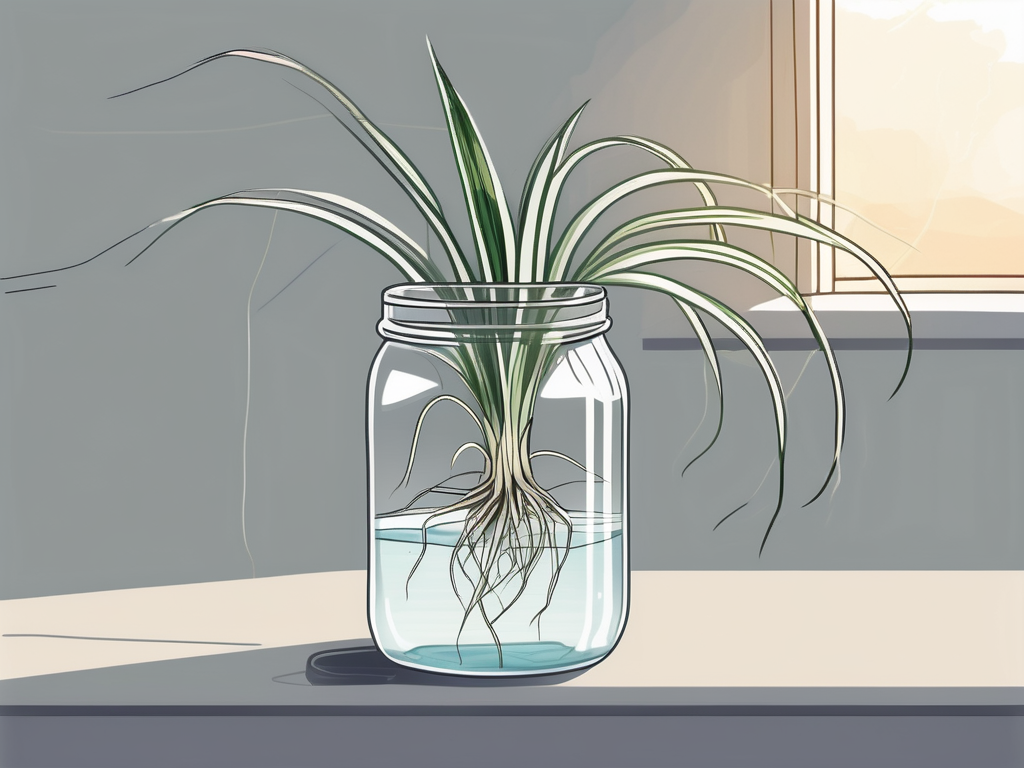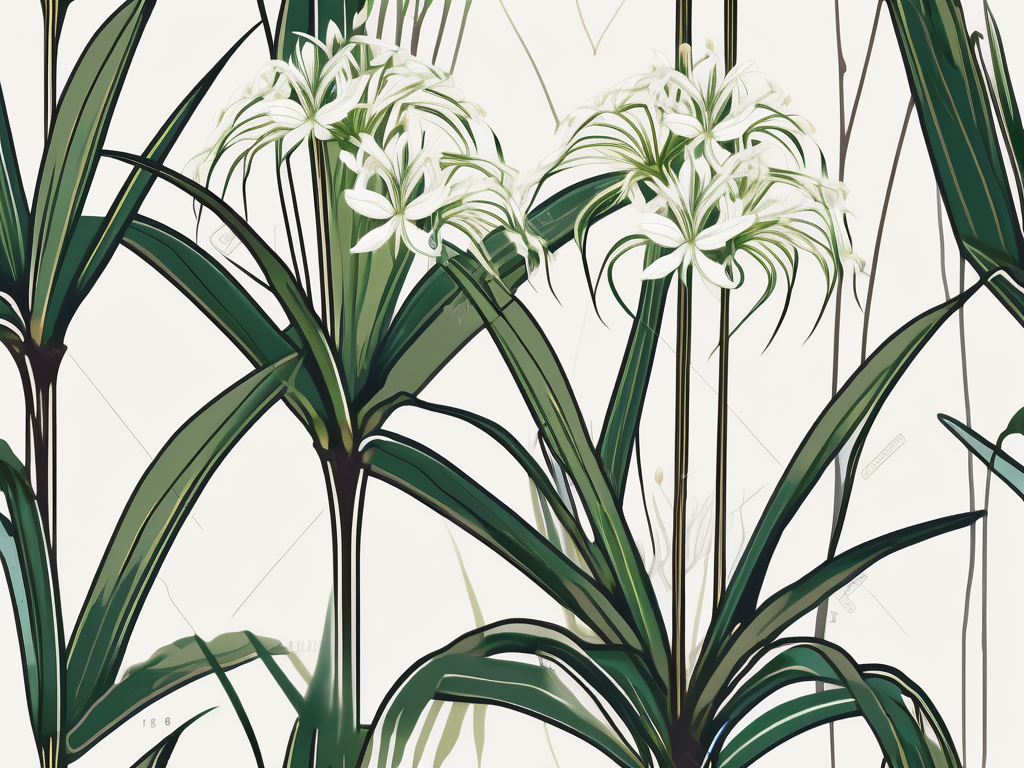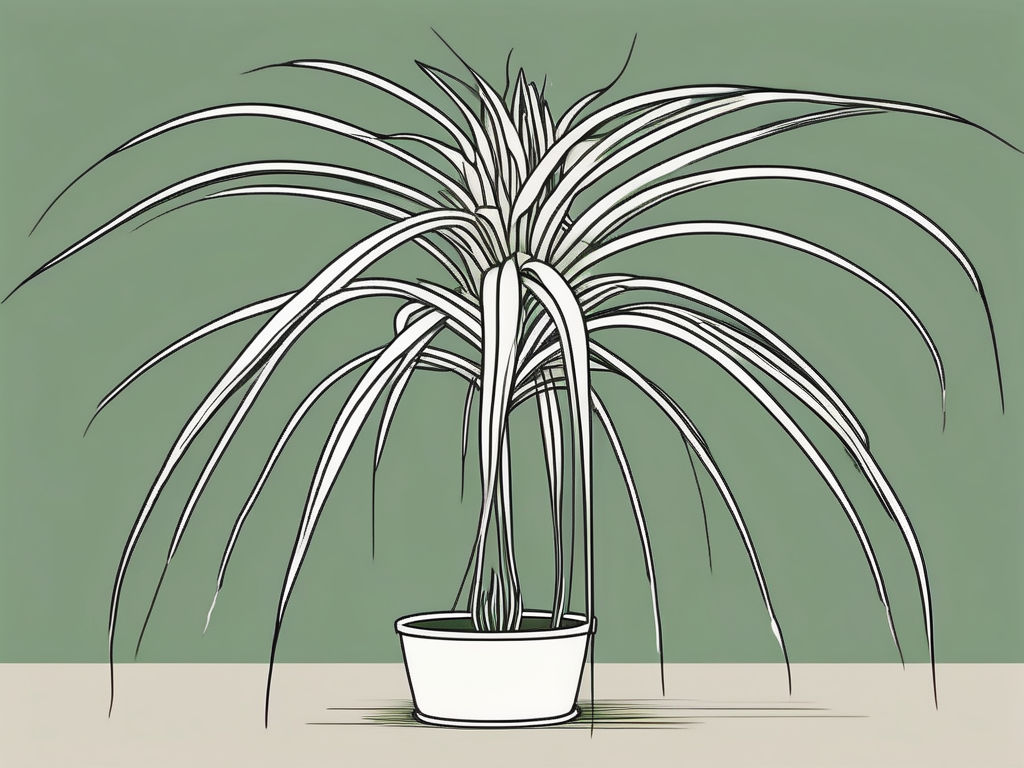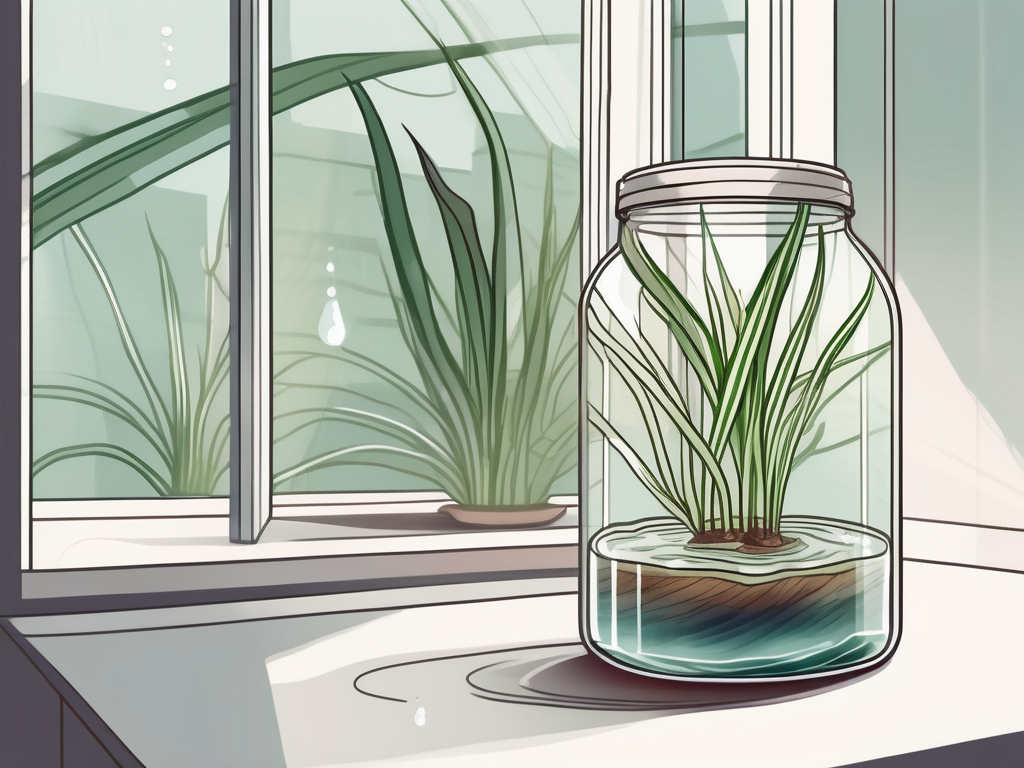
Hawaiian spider plants are a great choice for anyone looking to add a touch of nature to their home without the mess of soil. These plants are not only beautiful but also incredibly easy to grow in water. Curious about how to keep them thriving without ever touching a pot of dirt? You’re in the right place!
In this article, we’ll walk through everything you need to know about growing Hawaiian spider plants in water. From the initial setup to ongoing care, we’ll cover all the steps and tips to help you enjoy a lush, green plant that adds beauty to any room.
Getting to Know Your Hawaiian Spider Plant
Before jumping into the specifics of growing Hawaiian spider plants in water, it’s helpful to know a bit about these fascinating plants. Scientifically known as Chlorophytum comosum, spider plants are celebrated for their long, arching leaves and ability to produce baby plants, or "pups," that dangle like spiders on a web. This makes them not only visually appealing but also fun to propagate.
Hawaiian spider plants differ slightly from the typical spider plant due to their vibrant, lush leaves that often have a darker green hue. They thrive in a variety of conditions, making them ideal for both seasoned plant parents and beginners. Plus, they’re non-toxic to pets, which is always a bonus!
Now that we’re familiar with this plant’s basics, let’s move on to the exciting part—growing them in water. This method not only reduces the mess associated with soil but also gives you the chance to watch the roots grow, which is both educational and satisfying.
Why Grow Spider Plants in Water?
Growing Hawaiian spider plants in water might seem unconventional, but it offers several benefits that make it worth considering. First off, you eliminate the need for soil, which means less mess and fewer chances of dealing with soil-borne pests. Not having to worry about soil also means you can place your plant in more creative containers, like glass vases or jars, which can add an elegant touch to your decor.
Additionally, water-growing makes it easier to monitor root health. You can easily spot any issues like root rot or nutrient deficiencies early on, giving you time to address them before they harm your plant. This method also allows for greater flexibility in placement since you don’t have to worry about drainage issues.
Interestingly enough, this setup is perfect for those who want to experiment with hydroponics but aren’t ready for a full system. It’s a simple way to practice water-based growing and understand the needs of a plant without jumping into something overly complex.
Choosing the Right Container
The container you choose plays a significant role in the success of growing spider plants in water. You’ll want something that’s both functional and visually appealing, as the container will be visible and part of your home’s decor.
Here are some things to consider when selecting a container:
- Size: The container should be large enough to support the plant as it grows but not so large that it overwhelms the space.
- Material: Glass is a popular choice because it allows you to see the roots. However, you can also use ceramic or plastic containers if you prefer.
- Shape: A wider mouth makes it easier to place the plant and change the water, but a narrower neck can support the plant better.
- Color: Clear containers let you see the roots, but colored or frosted glass can add a decorative touch without showing any algae buildup.
Once you’ve picked the perfect container, it’s time to get your spider plant ready for its new watery home.
Preparing Your Spider Plant for Water
Before you can move your Hawaiian spider plant to water, you’ll need to prepare it properly. This involves selecting a healthy plant and cleaning the roots to ensure a smooth transition.
Follow these steps to get your plant ready:
- Select a Healthy Plant: Choose a plant with vibrant leaves and no signs of disease. If you’re propagating from a pup, make sure it has a few roots already.
- Remove Soil: Gently remove the plant from its pot and shake off excess soil. Rinse the roots under lukewarm water to remove any remaining soil particles.
- Trim the Roots: Use sterilized scissors to trim any damaged or overly long roots. This encourages new growth and ensures a healthy start in water.
- Inspect the Plant: Look for any signs of pests or disease. Address these issues before proceeding to avoid transferring them to the water setup.
Once your plant is clean and ready, it’s time to introduce it to its new environment.
Setting Up Your Water Environment
Creating the right environment in your container is essential for the success of growing your spider plant in water. You’ll need to ensure the plant has everything it needs to thrive without soil.
Here’s how to set up your water environment:
- Fill the Container: Fill your container with tap water, allowing it to sit for 24 hours to let any chlorine dissipate. Alternatively, use distilled or rainwater.
- Add Nutrients: Water alone won’t provide all the nutrients your spider plant needs. Add a liquid plant fertilizer, diluted to half strength, to the water every few weeks.
- Position the Plant: Place the plant in the container, ensuring the roots are fully submerged while keeping the leaves above water.
- Secure the Plant: If necessary, use a small piece of florist’s wire or a rubber band to hold the plant in place until the roots stabilize.
With the environment set and your plant comfortably positioned, it’s time to focus on ongoing care and maintenance.
Caring for Your Water-Grown Spider Plant
Now that your spider plant is happily situated in its watery home, it’s important to keep up with regular care to ensure it continues to thrive. While water growing requires less maintenance than soil, it’s not entirely hands-off.
Here are some care tips to keep your plant healthy:
- Change the Water: Replace the water every two to three weeks to prevent stagnation and nutrient depletion. This also helps avoid the buildup of algae.
- Monitor Growth: Keep an eye on root and leaf growth. Healthy roots will be white and firm, while new leaves should be vibrant and strong.
- Adjust Light Levels: Spider plants prefer bright, indirect light. If you notice the leaves turning pale, it might be getting too much sun. Move it to a shadier spot if needed.
- Prune Regularly: Trim any yellow or damaged leaves to encourage new growth and maintain a tidy appearance.
With these simple care steps, your Hawaiian spider plant will remain a beautiful and healthy addition to your home.
Troubleshooting Common Issues
Even with the best care, you might encounter some issues while growing your spider plant in water. Fortunately, most problems can be resolved with a bit of attention and adjustment.
Here’s how to troubleshoot common issues:
- Yellowing Leaves: This can be a sign of over-fertilization or too much direct sunlight. Reduce fertilizer frequency and adjust the lighting conditions.
- Root Rot: If the roots become mushy or brown, they may be rotting due to stagnant water. Trim the affected roots and replace the water more frequently.
- Algae Growth: Algae can develop in the container over time. Clean the container regularly and consider using a darker container to reduce light exposure.
- Pests: While less common in water, pests can still occur. Use a gentle insecticidal soap to treat any infestations.
By staying attentive and proactive, you can address these issues before they become major problems.
Decorating with Water-Grown Spider Plants
One of the joys of growing spider plants in water is the opportunity to get creative with their placement and presentation. With a variety of containers and display options, you can incorporate these plants into your home decor in unique and eye-catching ways.
Consider these ideas for decorating with your water-grown spider plant:
- Hanging Displays: Use macrame hangers or wall-mounted shelves to display your plant at eye level, creating a floating effect.
- Group Arrangements: Combine several glass containers with different plants for a dynamic, layered look.
- Table Centerpieces: Use a large, decorative container and place it in the center of your dining or coffee table for a natural focal point.
- Window Sills: Line up containers along a window sill to catch the light and add a touch of greenery to your view.
With a little creativity, your Hawaiian spider plant can become a stunning addition to any room.
Propagating Spider Plants from Pups
One of the most exciting aspects of spider plants is their ability to produce pups, which are miniature versions of the main plant. These can be propagated easily, allowing you to expand your plant collection or share with friends.
Here’s how to propagate spider plant pups in water:
- Select a Pup: Choose a healthy pup with a few roots already forming.
- Detach the Pup: Use clean scissors to cut the pup from the main plant, leaving a small portion of the stem attached.
- Place in Water: Place the pup in a small container with water, ensuring the roots are submerged but the leaves are above water.
- Monitor Growth: Change the water regularly and watch for root development. Once the roots are well established, you can transfer it to a larger container if desired.
Propagation is a rewarding process that allows you to enjoy even more spider plants in your home, making your space feel even more alive.
Integrating Spider Plants into Interior Design
Beyond their practical benefits, Hawaiian spider plants offer a fantastic opportunity to enhance your interior design. Their unique appearance and versatility make them a perfect fit for various styles and spaces.
Here are some tips for integrating spider plants into your decor:
- Style Compatibility: Spider plants fit well with modern, bohemian, and eclectic styles. Use containers that complement your existing decor for a cohesive look.
- Color Coordination: Match the plant’s vibrant green with accent colors in your room to create a harmonious palette.
- Layering with Other Plants: Combine spider plants with other foliage to create texture and depth in your plant displays.
- Space Utilization: Use tall containers to add height to your decor or small, compact containers for tight spaces.
By thoughtfully incorporating spider plants into your interior design, you can create a space that feels fresh, inviting, and full of life.
Final Thoughts
Growing Hawaiian spider plants in water is a fun and rewarding way to bring greenery into your home without the hassle of soil. By following these tips and steps, you’ll enjoy a thriving plant that adds beauty and a touch of nature to your living space.
If you're inspired to start your own plant journey, Cafe Planta offers a variety of houseplants and plant care accessories to get you started. Whether you have questions about plant care or want to share your growing successes, feel free to email us or reach out on Instagram. We’re excited to share our passion for plants with you and help make your home a green oasis!















